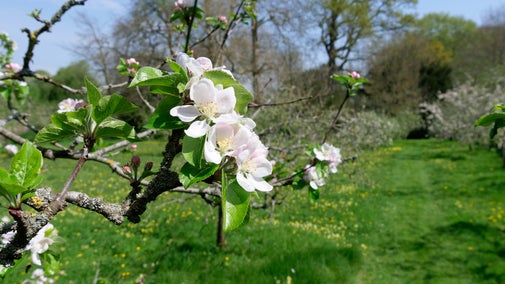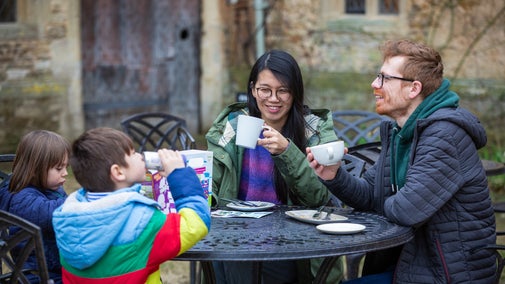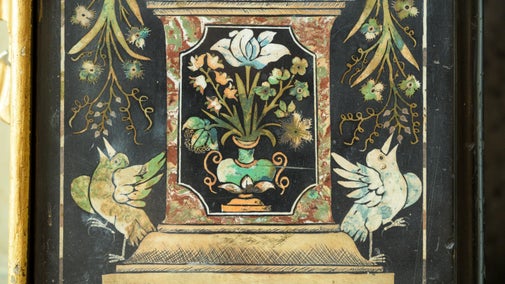1800s: Lacock, the Victorian home
William Henry Fox Talbot and his family lived in the Abbey much as it looks today. In August 1835 Talbot captured the first photographic negative, an invention which would change the way we see the world.
The family remodelled the South Gallery, including the window where he famously captured that first negative image.
1900s: Lacock after the Second World War
Matilda Talbot was surprised to inherit Lacock in 1916. She was conscious of her duties towards all who lived and worked on the estate.
During times of hardship Matilda sold some of the Abbey collection to improve the homes of her tenants in Lacock village. In 1944 she gave the estate to the National Trust.
Lacock Abbey today
The abbey has been used as a backdrop for many films and TV dramas, including Harry Potter, Pride and Prejudice and Downton Abbey. The timeless nature of the architecture makes Lacock Abbey the perfect location.











